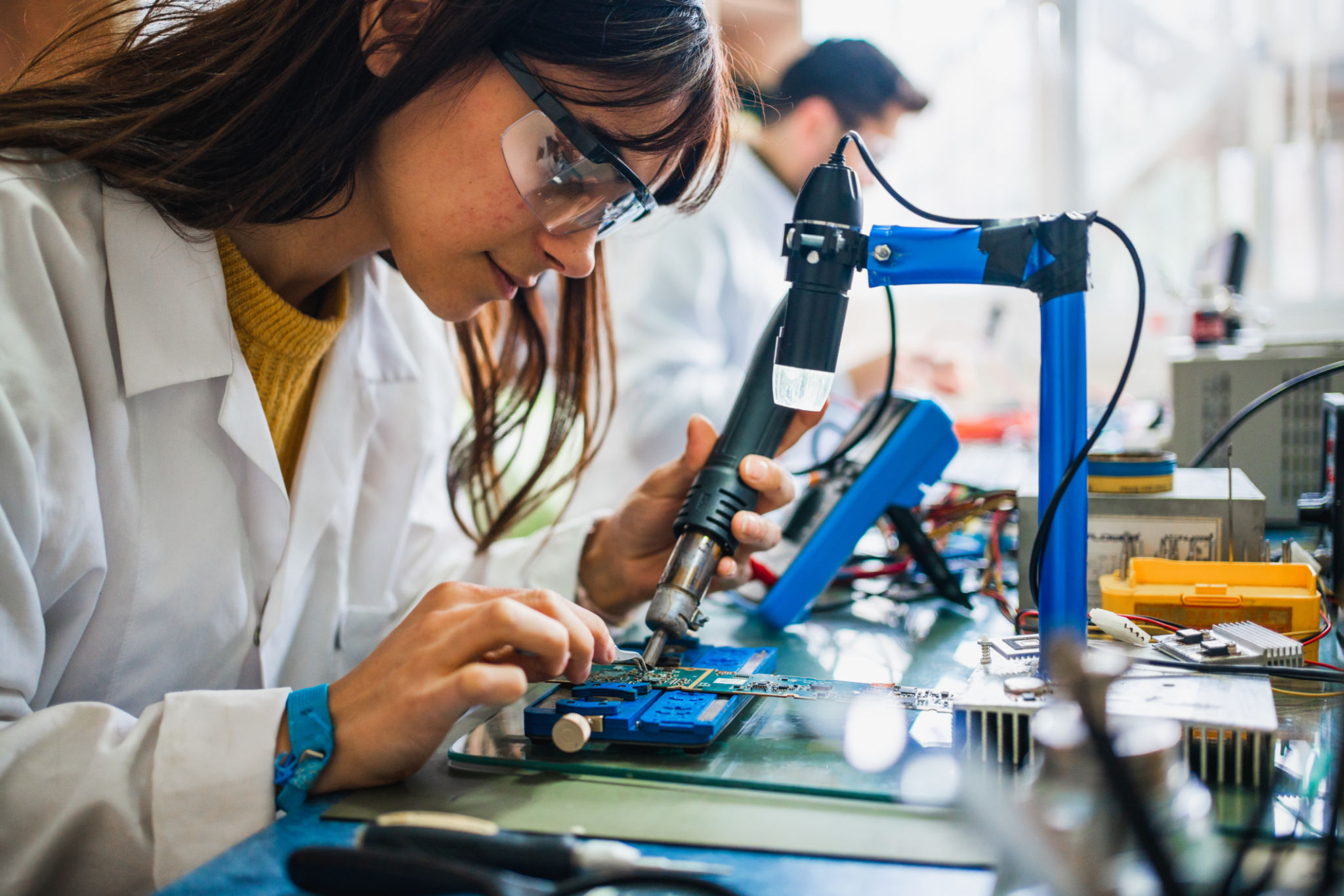DIY Electronics Repair: Common Mistakes to Avoid
Understanding the Basics
Venturing into the world of DIY electronics repair can be both exciting and daunting. However, understanding the basics is crucial before diving in. Many enthusiasts make the mistake of skipping foundational knowledge, which can lead to further damage and frustration. It's important to familiarize yourself with the components and tools involved in electronics repair.
Before beginning any repair, ensure you have the right tools. A precision screwdriver set, multimeter, soldering iron, and anti-static wrist strap are fundamental. Without these, you might be setting yourself up for failure from the start.

Neglecting Safety Precautions
One of the most common mistakes in DIY electronics repair is neglecting safety. Electronics often carry significant voltages, even when unplugged. Always discharge capacitors and ensure all power sources are disconnected before starting any repair work. Failing to do so can result in serious injury or damage to your components.
Additionally, working in a well-ventilated area and using appropriate protective gear such as goggles and gloves can prevent accidental injuries. Safety should always be your top priority.

Incorrect Diagnosis
Rushing to conclusions without a proper diagnosis is another frequent mistake. Spend time understanding the symptoms of the device's malfunction. Use a multimeter to test different components and identify where the problem lies. Making assumptions without evidence can lead to unnecessary repairs or further complications.
Documenting your diagnostic process can also help if you need to seek professional assistance later. A clear understanding of what has been checked can save time and effort for both you and any technicians involved.

Poor Soldering Techniques
Soldering is a skill that takes practice to master, and poor soldering techniques can ruin a repair job. Common errors include using too much solder, creating cold joints, or overheating components. To avoid these, practice on spare components and ensure you use the correct type of solder for your project.
Investing in a good quality soldering iron with temperature control can make a significant difference in your repair outcomes. Remember, patience is key when it comes to soldering.
Overlooking Compatibility
Another pitfall is overlooking compatibility when replacing components. Not all parts are universal, and using incompatible parts can cause more harm than good. Always double-check specifications to ensure that any new components match the original parts in terms of voltage, size, and type.
Keep detailed notes of the components you remove and replace to avoid confusion during reassembly. This practice will help maintain organization and reduce errors.

Lack of Patience
DIY electronics repair requires patience and attention to detail. Rushing through a repair often leads to mistakes. Take your time to understand each step thoroughly before proceeding. If you encounter a challenge, take a break and come back with a fresh perspective.
Engaging with online communities or forums can also provide valuable insights and support from other DIY enthusiasts or professionals who have faced similar challenges.
